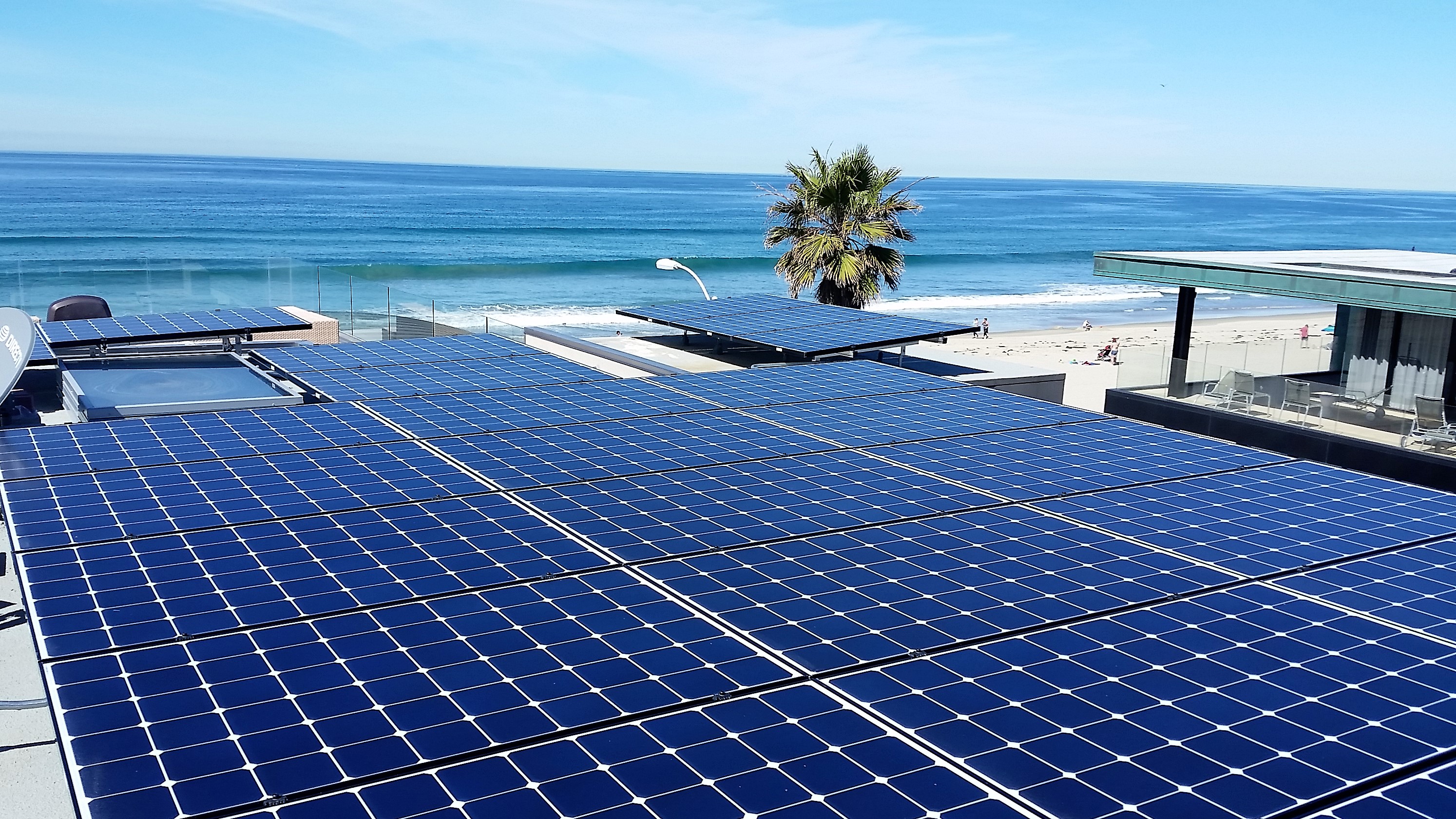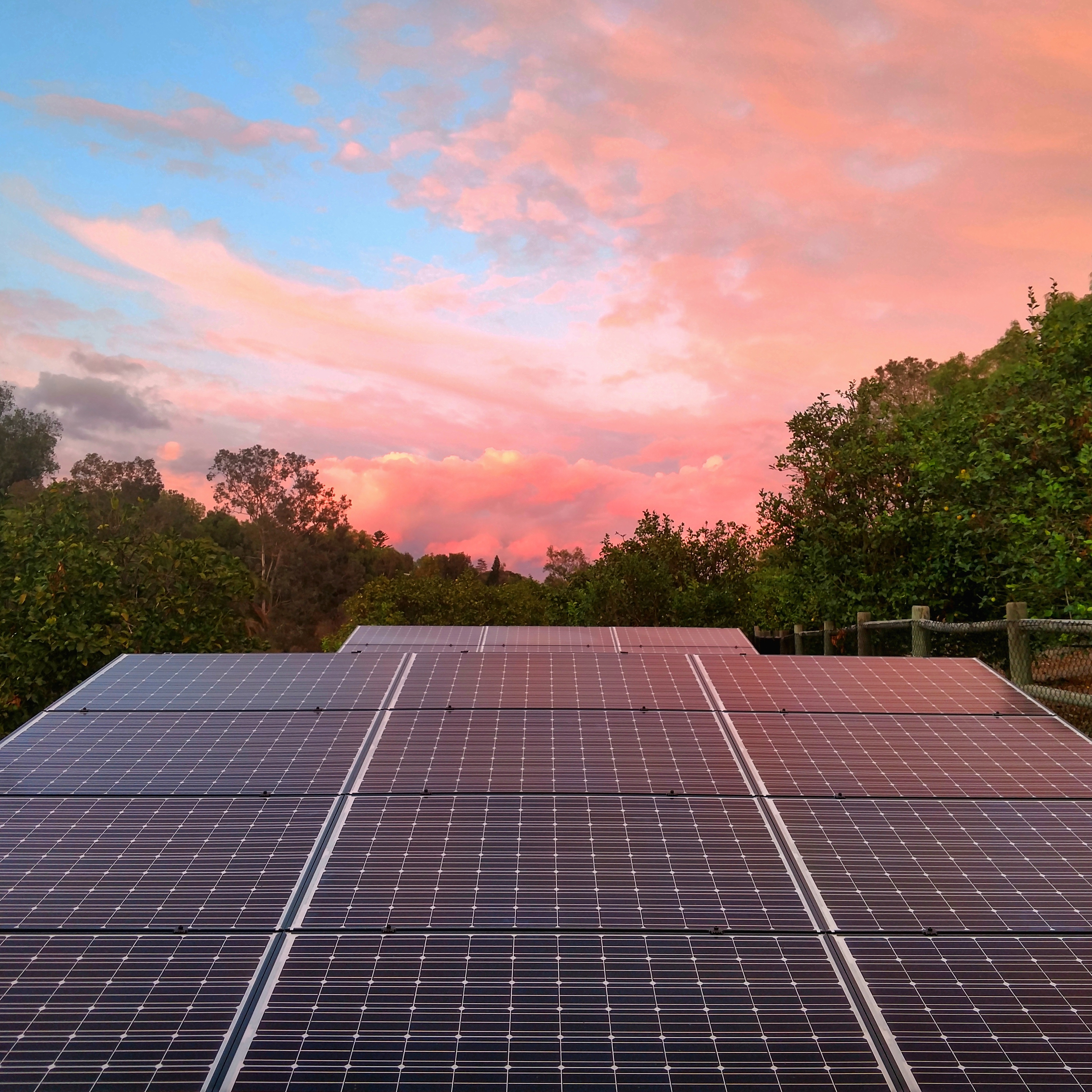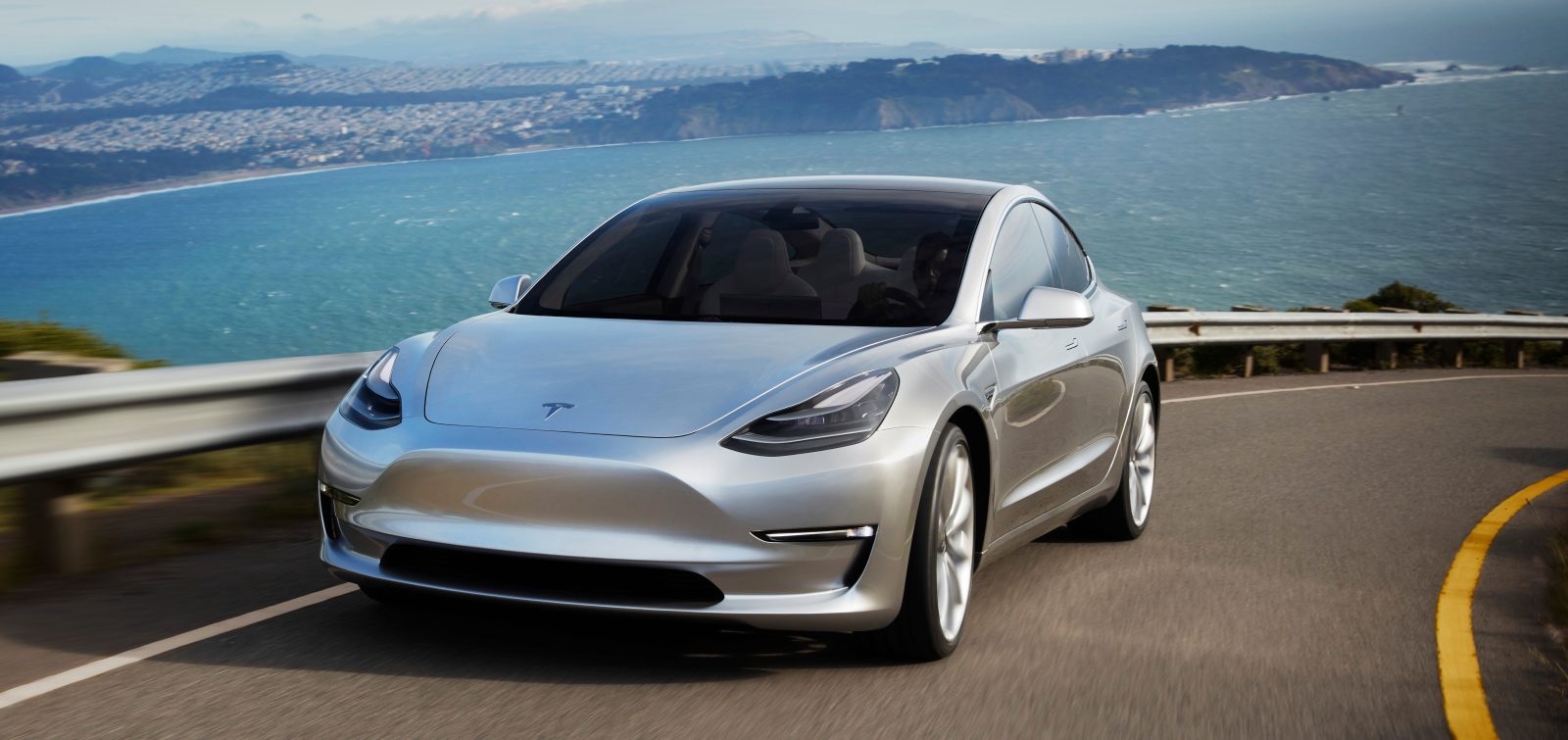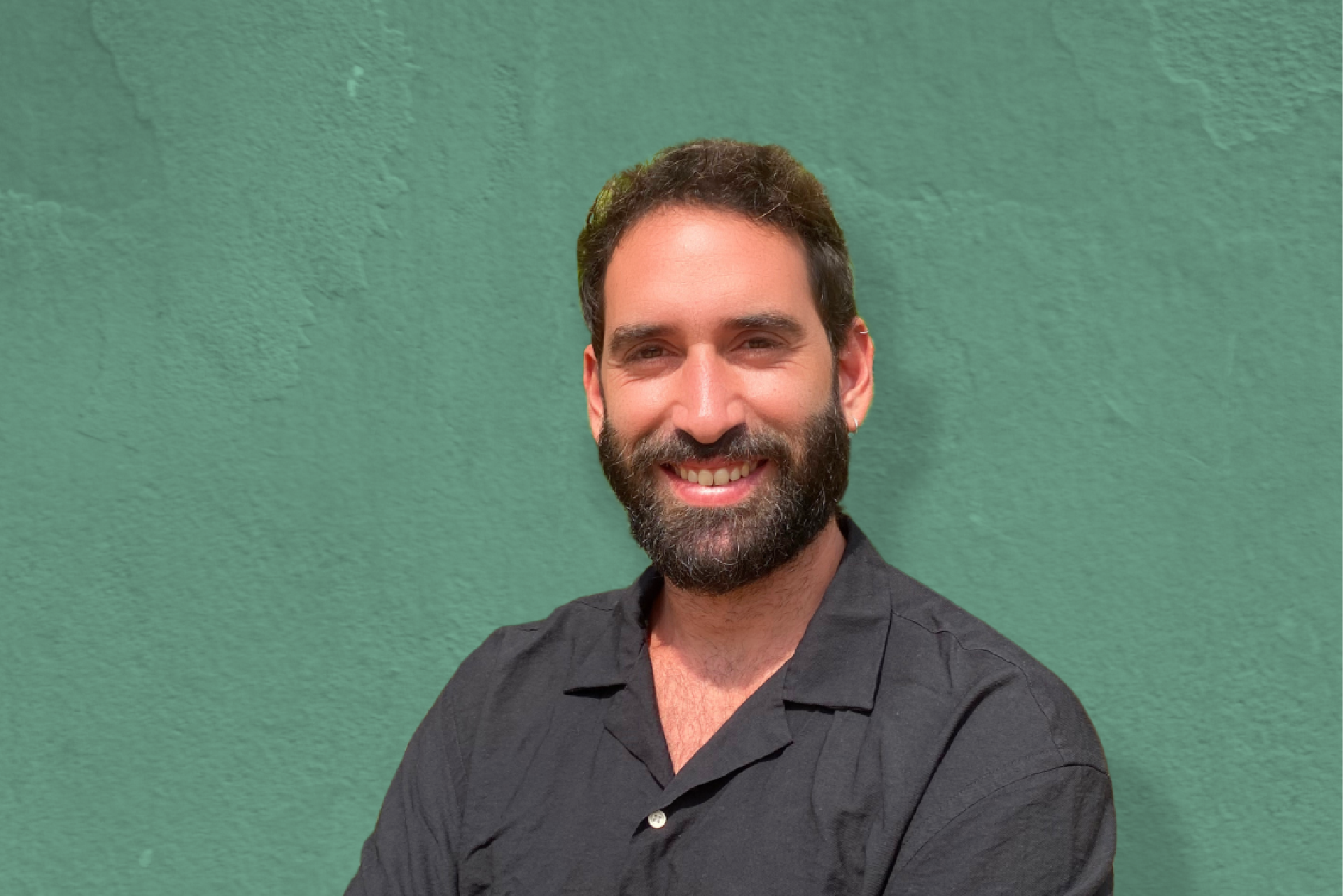Going Green had the opportunity to meet Selene Lawrence, Director of Government Affairs at Sullivan Solar Power. Selene, thank you for being here! Let’s get started. First and foremost, tell us a little about yourself.
I have been working in the sustainability and geo-spatial world for 5 years. I previously was the Communications and Outreach Manager for the American Geographical Society, the oldest geographical society in the western hemisphere, which sponsored global explorations and promoted conservation and sustainability. Now, at Sullivan Solar Power, one of the largest and longest-standing solar companies in California, we are working to completely alter our energy systems and infrastructure – making them more renewable, sustainable, democratic and equitable. The transformation is happening, and the world is watching!

What is a fun fact about you?
My mom lives on a sailboat in Liberty State Harbor, so when I go back home to visit New York City, I essentially sleep under the State of Liberty.
What was your motivation to get into this industry?
I took various climate and weather classes in college as a Geography major. Once I was exposed to the science behind climate change, I knew that what I did for a living had to be in something that would work to alleviate this problem – the biggest problem we have ever faced. Working in solar is a “boots on the ground” solution – every day we are mitigating a quantifiable amount of CO2 by removing demand on the grid for fossil fuels. It is tangible, it is quantifiable. Our company alone has removed the equivalent of two peaker power plants from the grid with our commercial and residential solar installations.
Why do you think climate change/sustainability is such an important topic today?
Because the implications from climate change touch every aspect of our lives. Equity, food, shelter, jobs, medicine, poverty… All the great work being done in these spaces are threatened if rising CO2 is not abated. There is no aspect of our lives that will not be touched by this problem.

What do you envision your industry looking like 10 years from now?
Although we are still fighting for policy to keep solar pushing forward, in ten years I think solar will be a dominate energy resource for the world. A critical piece of this will be energy storage – I expect over the next ten years we will see incredible advancements in energy storage technology, allowing us to build out solar to capacity with the ability to store that energy for usage outside of daylight hours. That will be essential in truly removing fossil fuels from our electricity grid.
What can the average person do to make a difference?
Solar energy is one of the most accessible and democratic tools to allow the average person to make a real difference. In a literal and figurative sense, it takes power from the few and gives it to the many. It allows people to be energy independent and resilient in the face of energy shortages and rising costs, but also alleviates our need to procure fossil fuels by producing your own clean energy at home to power your needs. Even more impactful are those who have solar with an electric vehicle, and are charging their cars from their own solar power. This is a closed loop sustainable system, greatly reducing our use of fossil fuels. I also would like to mention that while solar can be expensive, it can be financed for less than a person’s current electric bill, and there are nonprofits like GRID Alternatives providing solar installations to low-income families. We are working to make solar accessible to everyone and have made significant progress.

What positive changes are you seeing?
I see, at least in California, a shifting sea of change from the individual to the community. All over California, programs called Community Choice Energy (CCE) are being established, creating an alternative to our investor-owned utilities that hold long term fossil fuel contracts. In this CCE model, cities and municipalities are listening to the request of citizens for more renewable energy, and are offering electricity options that are more (if not 100%) renewable the the utility’s energy offering. The CCE remains a nonprofit and reinvests revenue back into the community in the form of sustainability rebates, such as free electric vehicle chargers, solar rebates for low income families and green job training. This is the scale of change that I am really excited to be seeing and will help California get to 100% renewable energy by 2045 in the most equitable and community-focused way.

What are your social media tags for people to get in contact with you and help support Sullivan Solar Power?
Twitter: @SullivanSolar
Facebook: Sullivan Solar Power
Instagram: Sullivan Solar Power
Selene, thank you so much for taking your time to talk with Going Green. For more information about Sullivan Solar Power check out www.SullivanSolarPower.com




